Cultivating a High-Performance Organization with the CLEAR™ Method
A few months ago, we had the opportunity to facilitate a discussion with CEOs and business leaders, focusing on the prevailing challenges within their organizations.
During this session, each leader voiced concerns over adapting to a complex market, tightening budgets, sales hurdles, and issues in customer and employee engagement. In response to these challenges, several leaders engaged with us for performance coaching, utilizing our CLEAR™ method—Culture, Leadership, Engagement, Adaptability, and Recognition—to realign their people strategies with their overarching business goals.
The adoption of the CLEAR™ method has led to noticeable improvements in employee engagement and innovation in how leaders interact with their teams and customers. This strategic alignment has catalyzed positive financial outcomes and cultivated a more empowered workforce. Despite ongoing challenges, these organizations are now experiencing the benefits of leveraging untapped strengths that previously went unrecognized.
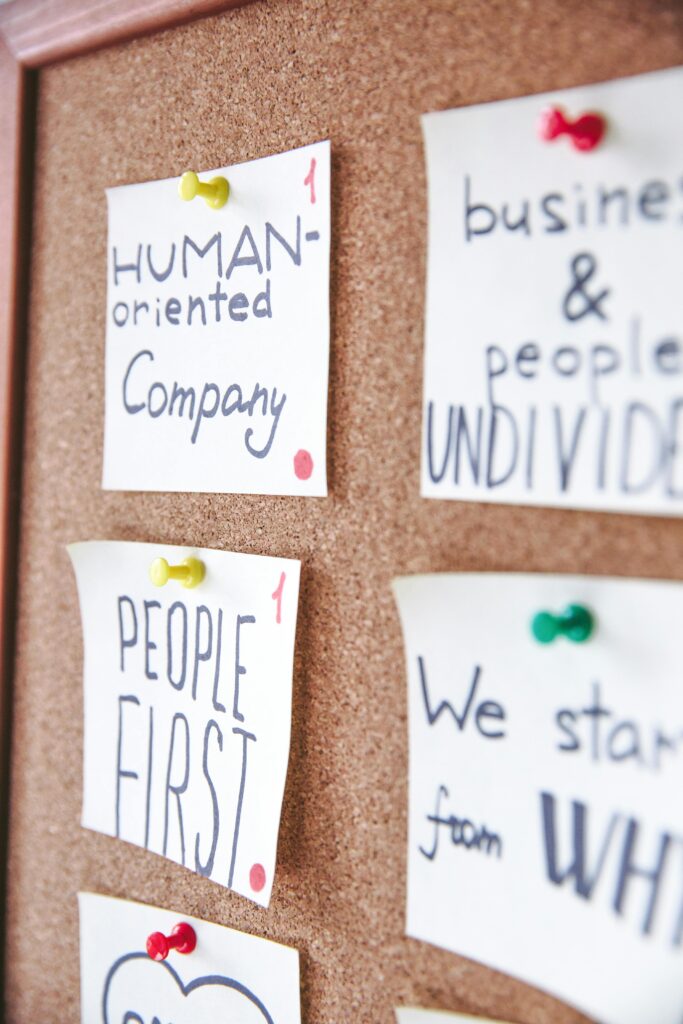
In today’s dynamic business landscape, developing a high-performance organization is more crucial than ever. The CLEAR™ method is at the heart of this development, integrating culture, leadership, engagement, adaptability, and recognition to foster a motivated workforce that drives superior business results. In this blog post, we will delve into why each element of the CLEAR™ method is vital and offer practical strategies, backed by real-life examples and data, to effectively implement this approach in your organization.
It’s essential to understand that reducing budgets and focus on people strategy, assuming a sole emphasis on business strategy will suffice, is a critical error. Both strategies are interconnected and essential for optimal performance. A thoughtful focus on unlocking organizational strengths through our people directly influences our business strategy and financial achievements.
Culture: The Foundation of Success
Importance: Culture sets the tone for how employees interact, make decisions, and approach their work. A positive culture aligns with the organization’s values and goals, creating a sense of belonging and purpose among employees. It is essential that leaders live these values in their daily interactions and use core values in decision-making.
Example: Zappos, the online shoe retailer, is renowned for its unique company culture. By prioritizing employee happiness and cultural fit over skills alone, Zappos has built a workforce that is deeply committed to its mission and values. This approach has led to higher employee satisfaction and lower turnover rates.
Statistics: According to a Deloitte study, 94% of executives and 88% of employees believe a distinct workplace culture is important to business success.
Actionable Strategies:
- Define and communicate core values: It’s crucial that your organization’s values are not only clearly defined but also effectively communicated and consistently embodied in daily operations. We adopt a bottom-up approach, starting by exploring the employees’ sense of purpose to help shape and refine the company culture and values. The reality is that, on challenging days, employees rarely turn to a culture statement for motivation. However, if the culture resonates with their personal sense of purpose, it creates a powerful connection. When employees feel empowered, they can channel their personal passions to navigate and overcome obstacles. This alignment not only energizes the workforce but also strengthens the organization’s resilience and adaptability.
- Promote inclusivity: Create an environment where diverse perspectives are valued and everyone feels included.
- Encourage open communication: Foster a culture of transparency where employees feel comfortable sharing ideas and feedback.
Leadership: Guiding the Way
Importance: Effective leadership inspires and motivates employees, providing direction and support. Strong leaders create a vision, set clear expectations, and empower their teams to achieve their best.
Example: At Google, leaders are encouraged to be accessible and supportive. The company’s Project Oxygen research found that the most effective managers are those who coach rather than command, creating an environment where employees can thrive.
Statistics: Gallup reports that managers account for at least 70% of the variance in employee engagement scores across business units.
Actionable Strategies:
- Develop leadership skills: Commit to enhancing leadership capabilities across all levels of your organization by investing in development programs centered around emotional intelligence, effective communication, and coaching techniques. Strengths-Based Transformational Leadership is the cornerstone of our approach to building and refining these essential skills. This foundation supports the growth of leaders who can inspire and guide their teams more effectively.
- Lead by example: Demonstrate the behaviors and attitudes you expect from your team.
- Provide regular feedback: Offer constructive feedback and recognize achievements to help employees grow and stay motivated.
Engagement: Connecting Employees and Customers
Importance: Engaged employees are more productive, committed, and willing to go the extra mile. Similarly, engaging customers builds loyalty and drives business growth.
Example: Salesforce, a leader in customer relationship management (CRM), excels in both employee and customer engagement. The company’s V2MOM (Vision, Values, Methods, Obstacles, and Measures) framework ensures that employees are aligned with organizational goals, leading to high levels of engagement and customer satisfaction.
Statistics: Highly engaged employees are 21% more productive and have 41% lower absenteeism, according to Gallup.
Actionable Strategies:
- Create meaningful work: Ensure that employees understand how their work contributes to the organization’s success.
- Foster a sense of community: Encourage team-building activities and social events to build strong relationships among employees.
- Engage customers: Use data and feedback to understand customer needs and tailor your services accordingly.
Adaptability: Thriving in Change
Importance: Adaptability is crucial in a rapidly changing business landscape. Organizations that can quickly adjust to new circumstances are more likely to stay competitive and innovative.
Example: Netflix’s transition from a DVD rental service to a streaming giant is a testament to adaptability. By continuously evolving its business model and embracing new technologies, Netflix has maintained its market leadership.
Statistics: According to a McKinsey study, adaptable companies are 6 times more likely to report higher performance and growth than their less adaptable peers.
Actionable Strategies:
- Encourage a growth mindset: Promote a culture where employees see challenges as opportunities to learn and grow.
- Invest in continuous learning: Provide ongoing training and development opportunities to keep employees’ skills up to date.
- Be agile: Adopt agile methodologies to enhance flexibility and responsiveness within your operations. Our approach centers on the Thought Partner Mindset, which lays the groundwork for fostering cross-functional collaboration and cultivating an agile mindset. By embracing practical aspects of thought partnership, both leaders and employees can dismantle silos, drive innovation, and act with agility to effectively tackle challenges. Thus, the organization can harness the benefits of internal thought leadership at all levels.
Recognition: Valuing Contributions
Importance: Recognizing employees reinforces desired behaviors and motivates them to excel. Acknowledging their achievements not only fosters a sense of accomplishment but also enhances morale. Many of our clients face challenges in increasing salaries or benefits due to financial constraints. However, our experience and research indicate that well-crafted and sincere recognition can significantly boost employee morale and engagement, serving as a potent tool even in the absence of financial rewards.
Example: The tech company Adobe has a well-established recognition program called “Adobe Bravo!” where employees can give and receive appreciation for their contributions. This program has contributed to a positive work environment and high employee retention rates.
Statistics: Companies with effective recognition programs have 31% lower voluntary turnover rates, as reported by Bersin by Deloitte.
Actionable Strategies:
- Celebrate successes: Consistently celebrate both individual and team achievements, regardless of their scale. Additionally, it’s important to acknowledge failures with the same level of enthusiasm. This approach fosters a culture of thoughtful innovation, agility, and learning from mistakes. We often discover that even failed initiatives provide valuable insights that can refine business strategies or suggest modifications to the original plans.
- Personalized recognition: Tailor recognition efforts to match employees’ preferences and values.
- Provide timely feedback: Recognize achievements promptly to maximize the impact.
Conclusion
Implementing the CLEAR method—focusing on Culture, Leadership, Engagement, Adaptability, and Recognition—can transform your organization into a high-performance culture that drives business results. By prioritizing these elements and employing the actionable strategies outlined above, you can create an environment where employees are motivated, engaged, and ready to excel. Remember, the journey to a high-performance culture is ongoing, and continuous improvement is key to sustained success.
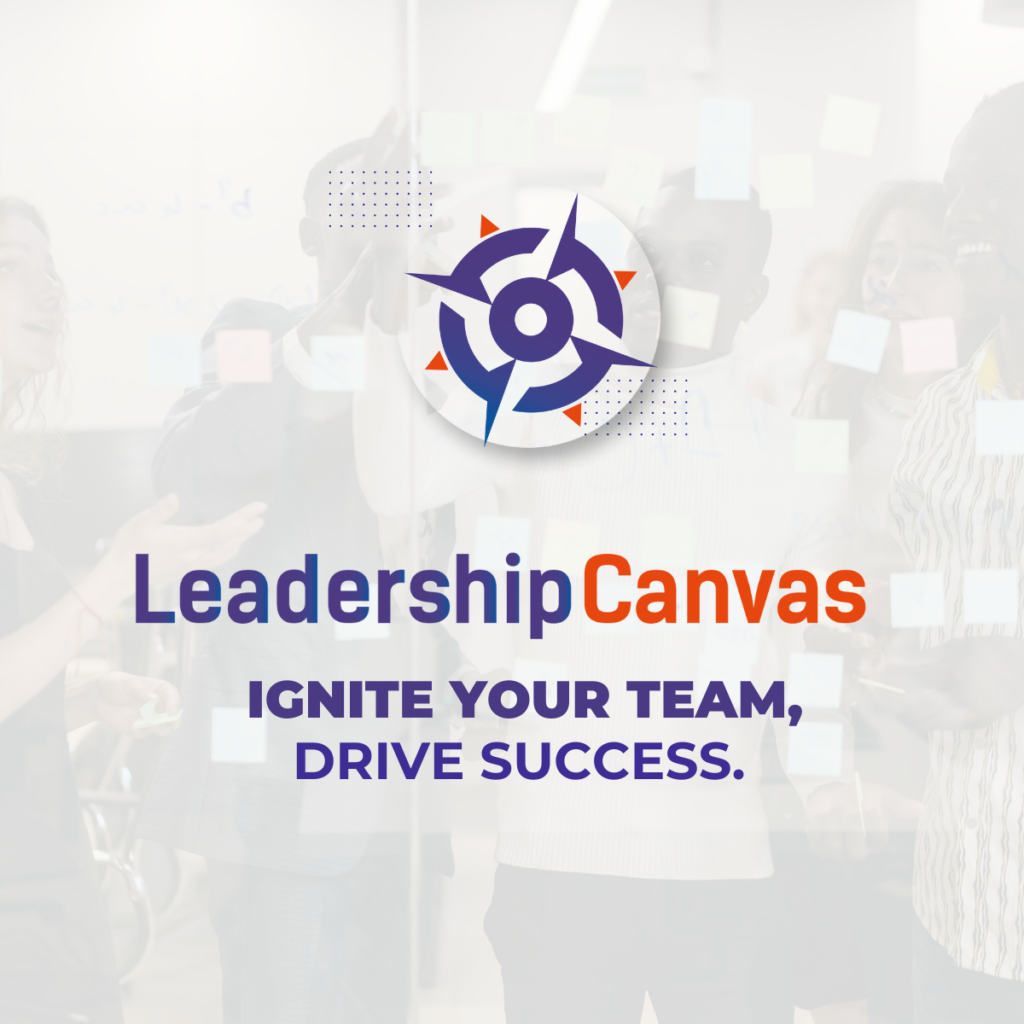
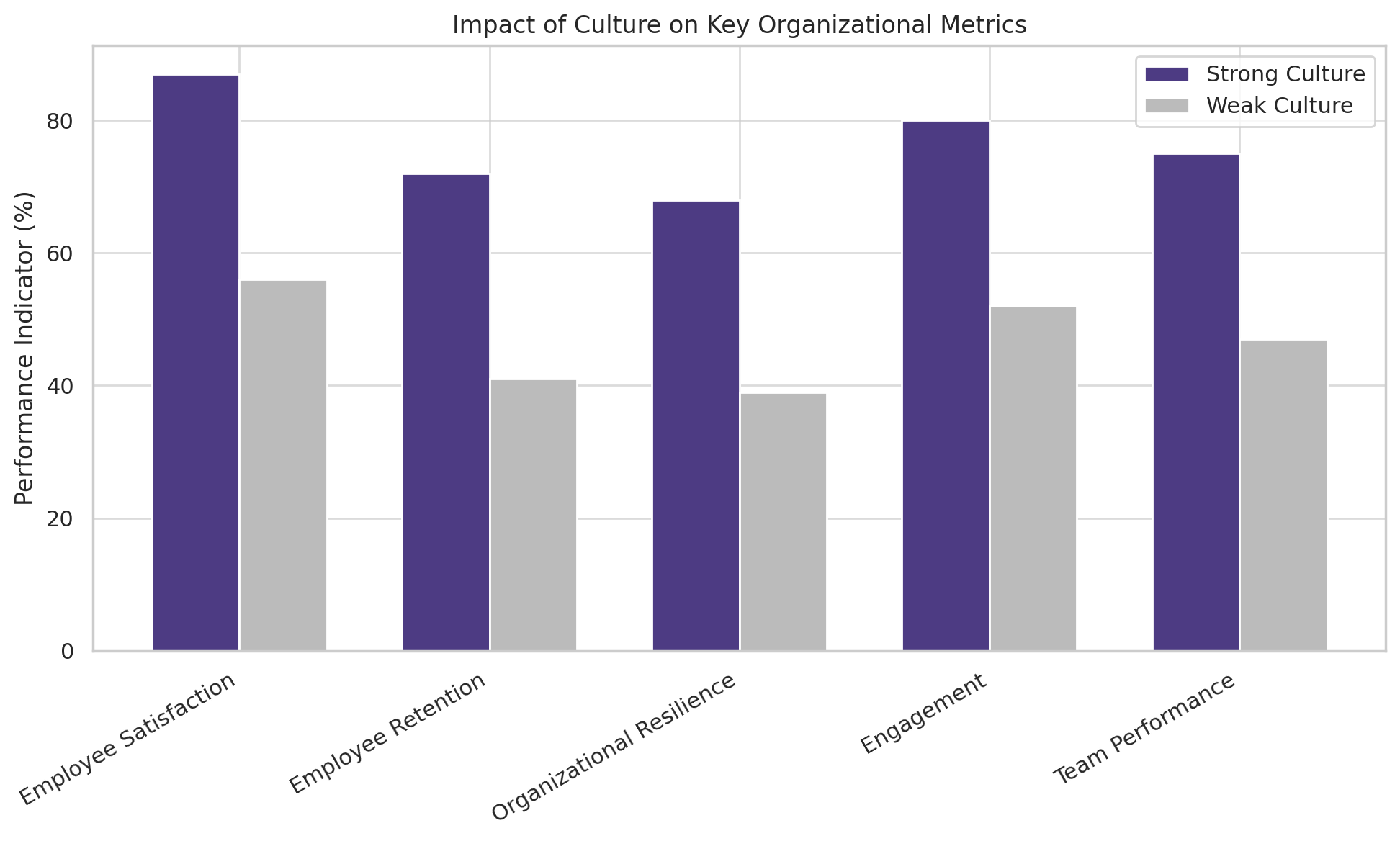
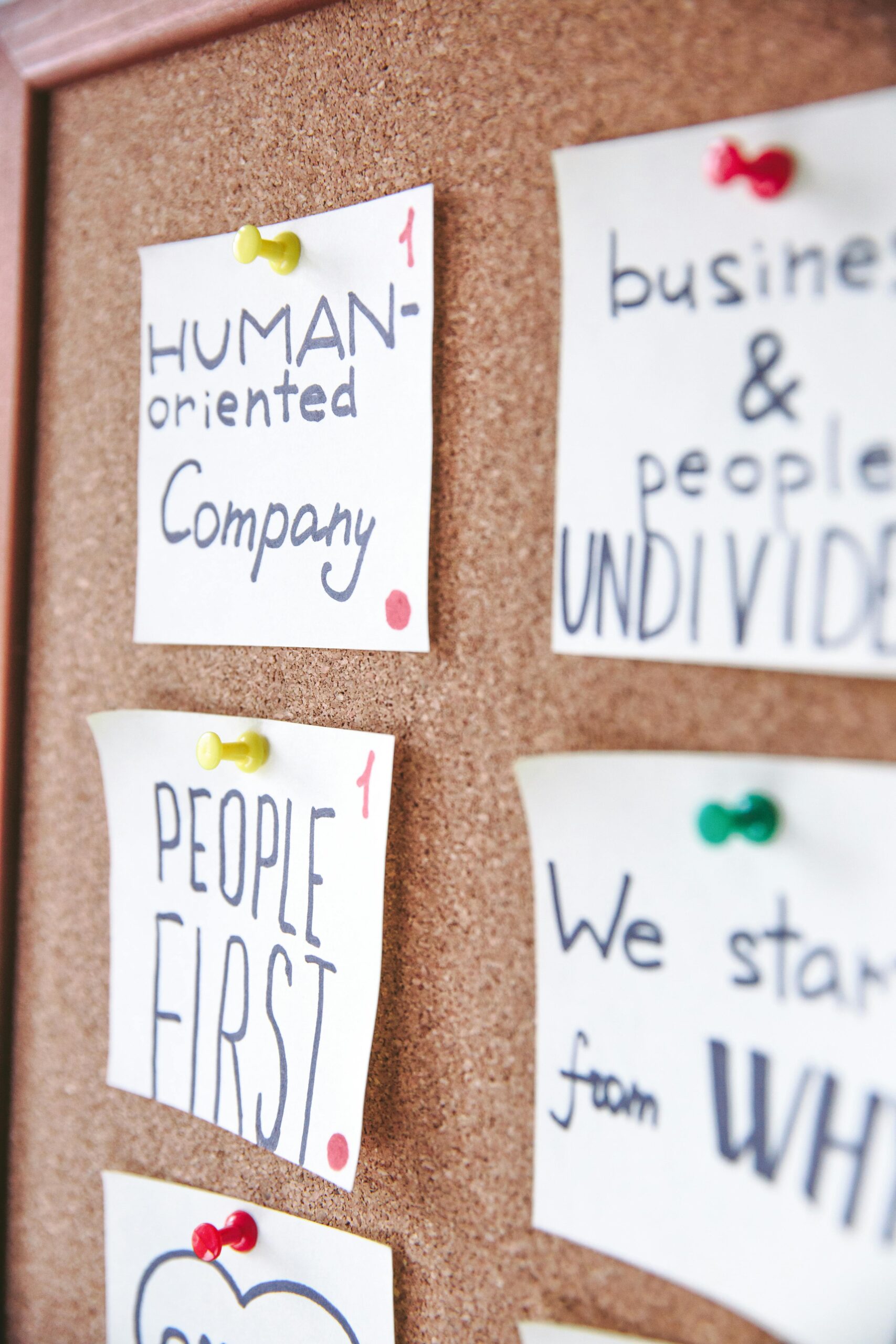


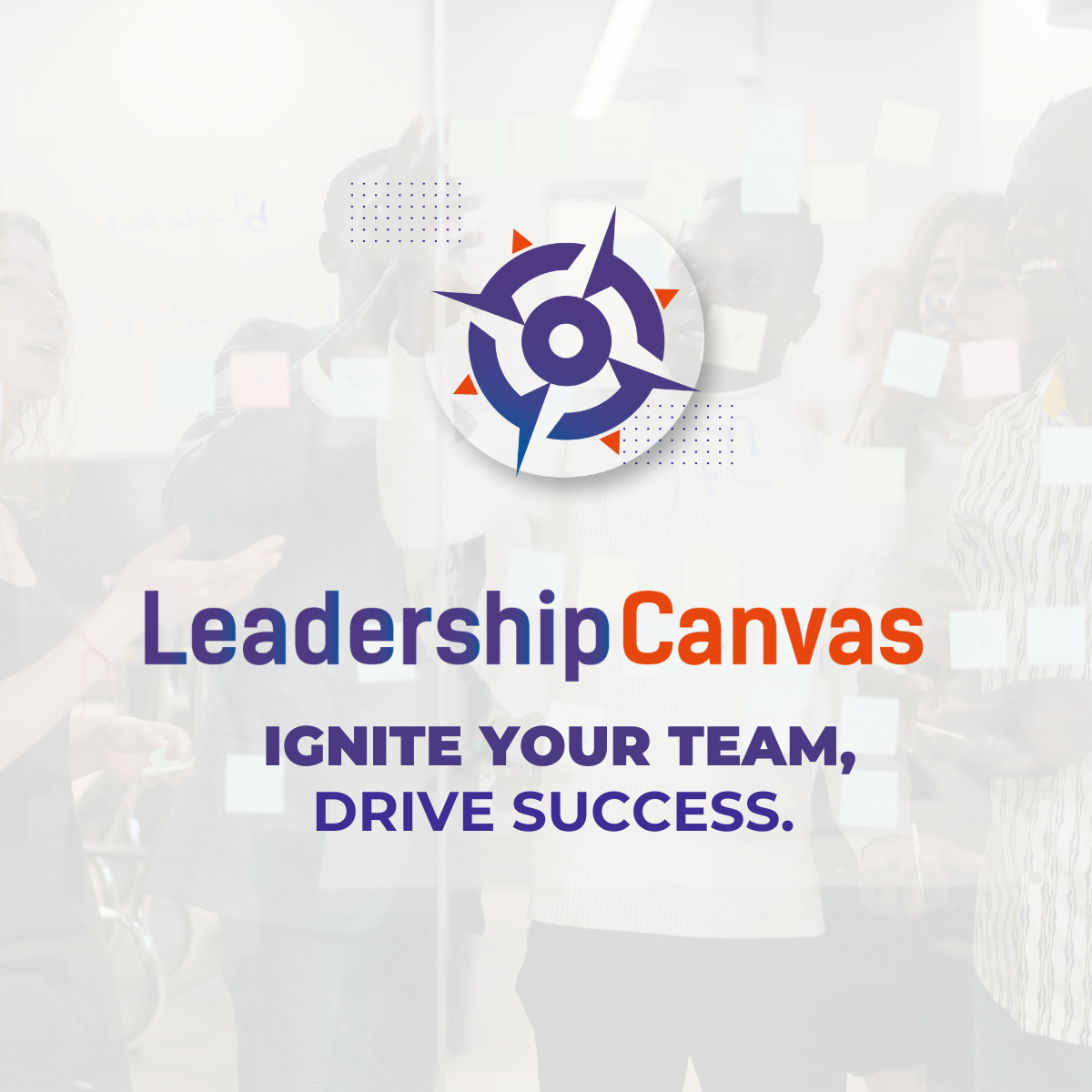
+ Show / Hide Comments
Share to: